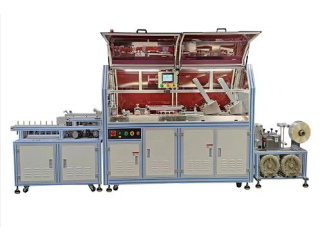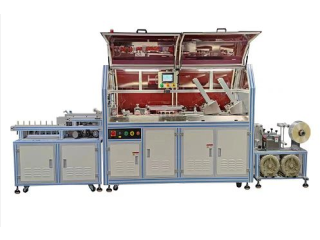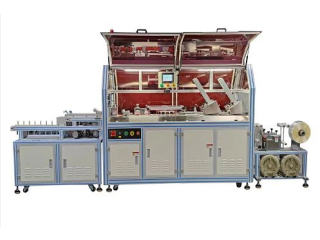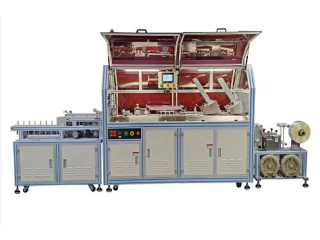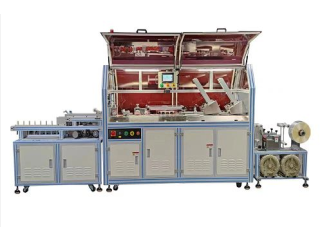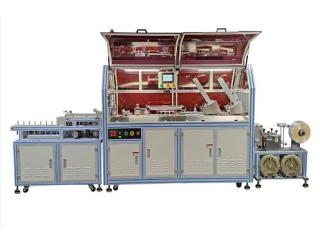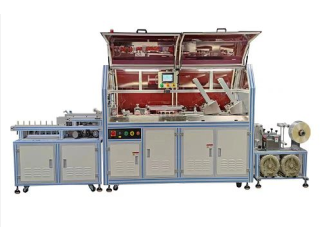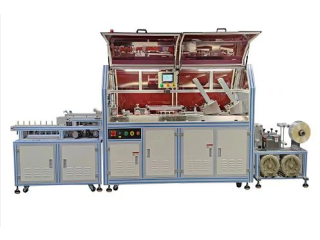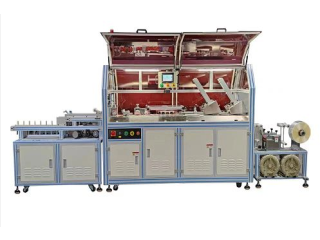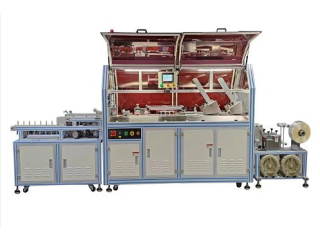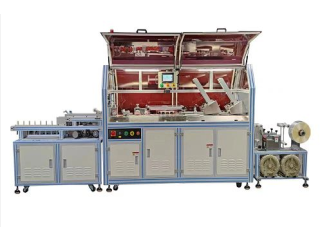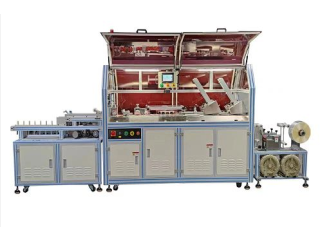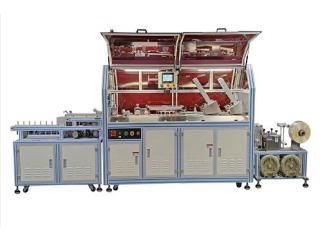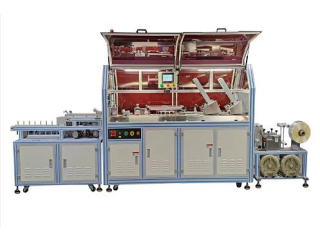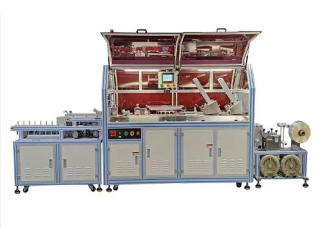Brake Pad
Oct 17th, 2022 at 12:15 Automobiles Battagram 130 viewsBrake pads are a component of disc brakes used in automotive and other applications. Brake pads are composed of steel backing plates with friction material bound to the surface that faces the disc brake rotors.
Brake pads convert the kinetic energy of a vehicle to thermal energy through friction. Two brake pads are contained in the brake with their friction surfaces facing the rotor. When the brakes are hydraulically applied, the caliper clamps or squeezes the two pads together onto the spinning rotor to slow and stop the vehicle. When a brake pad heats up due to contact with the rotor, it transfers small amounts of its friction material onto the disc, leaving a dull grey coating on it. The brake pad and disc (both now having the friction material), then "stick" to each other, providing the friction that stops the vehicle.
In disc brakes, there are usually two brake pads per disc rotor. These are held in place and actuated by a caliper affixed to the wheel hub or suspension upright. Racing calipers, however, can utilize up to six pads, with varying frictional properties in a staggered pattern for optimum performance. Depending on the properties of the material, the weight of the vehicle, and the speeds it is driven at, disc wear rates may vary. The brake pads must usually be replaced regularly (depending on pad material) to prevent brake fade. Most brake pads are equipped with a method of alerting the driver when this needs to be done. A common technique is manufacturing a small central groove whose eventual disappearance by wear indicates the end of a pad's service life. Other methods include placing a thin strip of soft metal in a groove, such that when exposed (due to wear) the brakes squeal audibly. A soft metal wear tab can also be embedded in the pad material that closes an electric circuit when the brake pad wears thin, lighting a dashboard warning light.
When do I change my car brake pads?
The life of car brake pads ;is determined primarily by how hard they are used. If your driving style is generally fast acceleration, which demands hard barking at the next stop, then the pads will wear out faster. A more gentle driving style will of course prolong the life of your pads.
On the other hand, high speeds demand higher braking force and, logically, mean greater brake wear. Driven normally, most front pads last between 40,000km and 60,000km. Rear brake pads (or linings, in the case of drum brakes) last even longer as front brakes account for up to 75 percent of the braking force.
In hybrid and electric cars, the brake pads can last twice as long because these vehicles use electric load to decelerate the vehicle for power regeneration. The age of a car does not make a difference as to how fast brake pads wear out. Some cars have a built-in brake pad warning signal. While this is not a “danger” sign, it is nonetheless advisable to renew brake pads at least within the next 2000km. As brakes are a critical safety component in a car, always replace them with the best quality parts. ;
Brake Pads Backing Plates
What are brake pads backing plates?
In a disc brake design, the friction material also called a friction block or “puck” is attached to steel brake pads backing plates ;with rivets, adhesive, or a newer NRS mechanical retention system. The backing plate is made from steel and transfers force from the brake caliper piston evenly across the backing plate to apply the friction material to the brake rotor.
What goes wrong with a brake pad backing plate?




